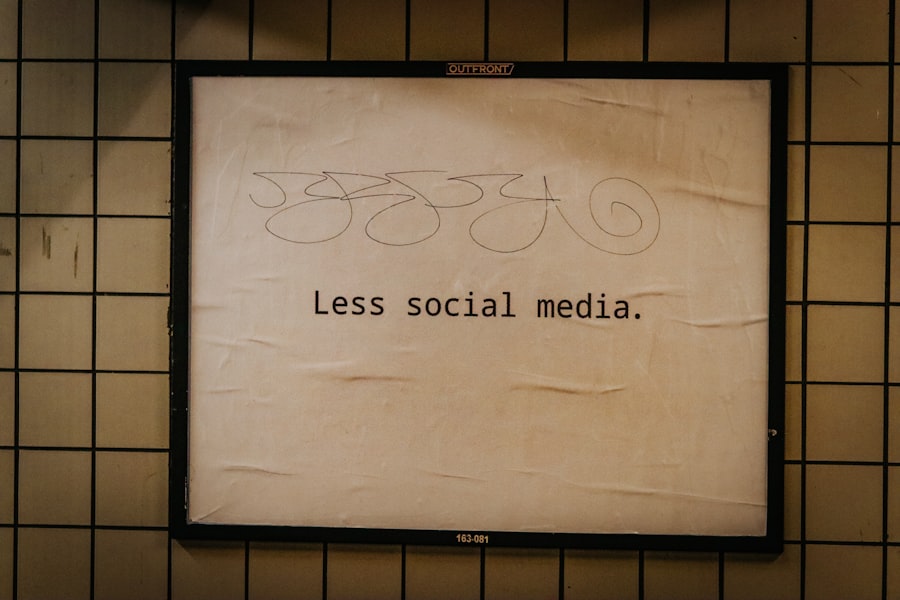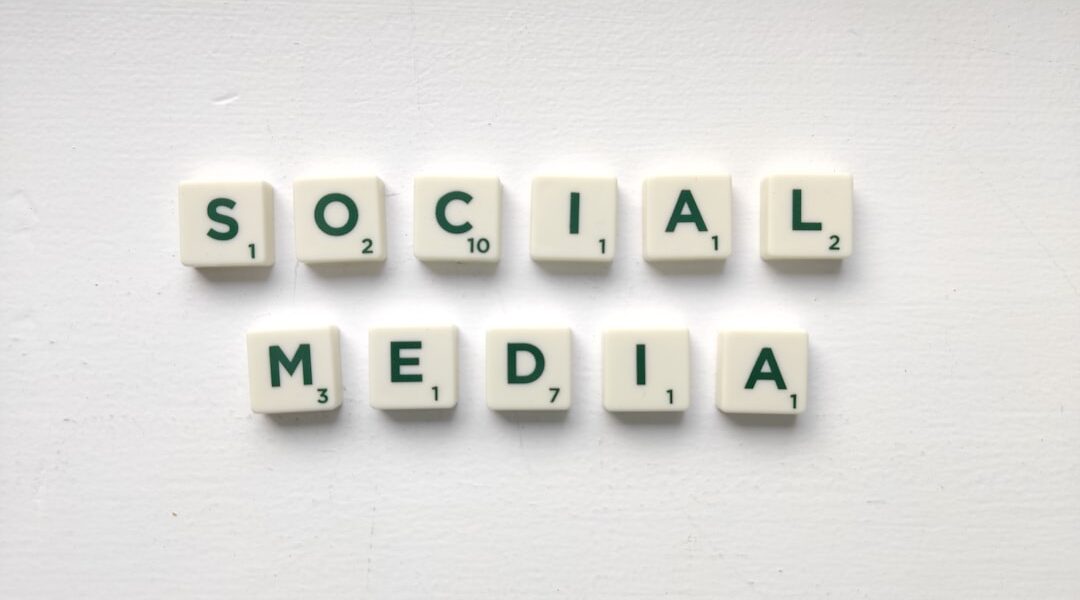In recent years, the proliferation of medical misinformation has emerged as a significant public health concern. This phenomenon is not entirely new; however, the digital age has accelerated its spread, making it easier for false information to reach vast audiences. The rise of the internet and social media platforms has democratized information dissemination, allowing anyone with an internet connection to share their views, regardless of their expertise or credibility.
This has led to a situation where anecdotal evidence and personal experiences can overshadow scientifically validated information, creating confusion and mistrust among the public. The COVID-19 pandemic exemplified this issue, as misinformation about the virus, its transmission, and potential treatments circulated widely. From claims about miracle cures to conspiracy theories regarding vaccine safety, the volume of misleading information was staggering.
According to a study published in the American Journal of Public Health, misinformation about COVID-19 was linked to increased anxiety and confusion among the public, highlighting how easily fear can be manipulated by false narratives. The rise of medical misinformation is not merely an academic concern; it has real-world implications that can affect health outcomes and public trust in healthcare systems.
The Role of Social Media in Spreading Medical Misinformation
Social media platforms have become breeding grounds for medical misinformation, serving as both a conduit and amplifier for false claims. The algorithms that govern these platforms often prioritize engagement over accuracy, meaning sensational or controversial posts are more likely to be shared and seen by larger audiences. For instance, a post claiming that a specific food can cure cancer may garner thousands of likes and shares, while a scientifically backed article explaining cancer treatment options may struggle to gain traction.
This disparity creates an environment where misinformation can thrive, often outpacing factual information in terms of visibility. Moreover, the interactive nature of social media allows users to engage with content in ways that traditional media does not. Comments sections can become echo chambers where misinformation is reinforced through likes and shares, creating a false sense of consensus around unverified claims.
A notable example is the viral spread of misinformation regarding vaccines on platforms like Facebook and Twitter. Despite overwhelming scientific evidence supporting vaccine safety and efficacy, posts promoting vaccine hesitancy have gained significant traction, leading to decreased vaccination rates in some communities. This dynamic illustrates how social media not only spreads misinformation but also fosters an environment where it can flourish unchecked.
The Impact of Medical Misinformation on Public Health

The consequences of medical misinformation extend far beyond individual beliefs; they can have profound implications for public health as a whole. When individuals act on false information, they may make health decisions that jeopardize their well-being and that of others. For example, during the early stages of the COVID-19 pandemic, misinformation about the effectiveness of masks led some individuals to forgo this simple yet effective preventive measure.
This behavior contributed to higher transmission rates and overwhelmed healthcare systems, illustrating how misinformation can exacerbate public health crises. Additionally, medical misinformation can erode trust in healthcare institutions and professionals. When people encounter conflicting information from trusted sources versus social media influencers or unverified websites, they may become skeptical of legitimate medical advice.
This skepticism can lead to decreased adherence to public health guidelines, such as vaccination campaigns or preventive screenings. A study published in the journal Health Affairs found that individuals who were exposed to misinformation were less likely to follow recommended health behaviors, further complicating efforts to manage public health initiatives effectively.
Debunking Common Medical Myths
| Medical Myth | Debunked By |
|---|---|
| Eating sugar causes hyperactivity | Multiple studies and research |
| Cracking knuckles causes arthritis | Multiple medical studies and experts |
| Reading in dim light damages your eyes | American Academy of Ophthalmology |
| Antibiotics can cure a cold | Centers for Disease Control and Prevention |
Addressing medical misinformation requires a concerted effort to debunk common myths that circulate widely. One prevalent myth is the belief that vaccines cause autism, a claim that originated from a now-discredited study published in 1998. Despite extensive research disproving any link between vaccines and autism, this myth persists in various communities, fueled by anecdotal reports and emotional appeals rather than scientific evidence.
Public health campaigns aimed at educating parents about vaccine safety have been crucial in countering this misinformation. Another common misconception is the idea that natural remedies are always safer or more effective than pharmaceutical interventions. While some natural products can indeed have therapeutic benefits, they are not without risks or side effects.
For instance, herbal supplements may interact with prescription medications or cause allergic reactions. The notion that “natural” equates to “safe” can lead individuals to forgo necessary medical treatments in favor of unproven alternatives. By providing clear, evidence-based information about the efficacy and safety of both natural remedies and conventional medicine, healthcare professionals can help dispel these myths and guide patients toward informed decisions.
The Dangers of Believing and Spreading Medical Misinformation
The dangers associated with believing and disseminating medical misinformation are manifold and can have dire consequences for individuals and communities alike. One immediate risk is the potential for delayed treatment or inappropriate self-medication based on false beliefs. For example, individuals who believe that they can treat serious conditions like diabetes or hypertension solely through diet may neglect necessary medical interventions, leading to severe health complications over time.
This not only affects individual health outcomes but also places additional strain on healthcare systems when patients present with advanced disease states that could have been managed earlier. Furthermore, the act of spreading misinformation can contribute to a culture of distrust in science and medicine. When individuals share unverified claims without critical evaluation, they inadvertently perpetuate a cycle of misinformation that can influence others’ beliefs and behaviors.
This phenomenon is particularly concerning in the context of public health emergencies, where timely and accurate information is crucial for effective response efforts. The spread of misinformation can undermine community efforts to combat diseases, as seen in the hesitancy surrounding COVID-19 vaccinations fueled by unfounded fears and conspiracy theories.
The Responsibility of Healthcare Professionals in Combatting Medical Misinformation

Healthcare professionals play a pivotal role in combatting medical misinformation through education and advocacy. As trusted sources of information, they have the unique opportunity to address patients’ concerns directly and provide evidence-based guidance. By engaging in open conversations with patients about their beliefs and fears regarding medical treatments, healthcare providers can help clarify misconceptions and reinforce trust in medical advice.
This approach not only empowers patients but also fosters a collaborative relationship between providers and patients. Moreover, healthcare professionals must actively participate in public discourse surrounding medical misinformation. This includes utilizing social media platforms to share accurate information and counteract false claims.
By presenting clear, accessible explanations of complex medical topics, professionals can help demystify healthcare issues for the general public. Initiatives such as community workshops or online webinars can also serve as valuable platforms for disseminating accurate information while addressing common myths directly.
Strategies for Identifying and Addressing Medical Misinformation
Identifying medical misinformation requires a critical eye and an understanding of reliable sources. One effective strategy is to evaluate the credibility of the source providing the information. Reputable organizations such as the World Health Organization (WHO), Centers for Disease Control and Prevention (CDC), and peer-reviewed journals are generally reliable sources for accurate medical information.
In contrast, websites lacking transparency about their authorship or funding sources should be approached with skepticism. Another strategy involves cross-referencing information across multiple reputable sources before accepting it as fact. If a claim appears on social media but is not corroborated by established medical organizations or scientific literature, it warrants further investigation.
Additionally, employing fact-checking websites dedicated to debunking health-related myths can provide clarity on contentious issues. Engaging with healthcare professionals for clarification on specific concerns can also be invaluable in navigating complex medical topics.
The Importance of Critical Thinking in Evaluating Medical Information
Critical thinking is an essential skill when it comes to evaluating medical information effectively. It involves analyzing claims logically, questioning assumptions, and seeking evidence before forming conclusions. In an age where misinformation is rampant, fostering critical thinking skills among the public is crucial for promoting informed decision-making regarding health matters.
Educational initiatives aimed at enhancing critical thinking abilities can empower individuals to discern credible information from misleading claims. Moreover, critical thinking encourages individuals to consider the broader context surrounding health information. This includes understanding the scientific method, recognizing biases in research studies, and appreciating the complexity of human health.
By cultivating a mindset that values inquiry and skepticism toward unverified claims, individuals are better equipped to navigate the vast landscape of medical information available today. Ultimately, fostering critical thinking not only benefits individual health decisions but also contributes to a more informed society capable of addressing the challenges posed by medical misinformation effectively.
FAQs
What is medical misinformation?
Medical misinformation refers to false or misleading information related to health and medicine. This can include inaccurate claims about treatments, vaccines, diseases, and other health-related topics.
Why does medical misinformation spread faster than truth?
Several factors contribute to the spread of medical misinformation, including the emotional appeal of sensationalized or alarming claims, the ease of sharing information on social media, and the presence of echo chambers and confirmation bias, which can reinforce false beliefs.
What are the consequences of medical misinformation?
Medical misinformation can have serious consequences, including undermining public trust in healthcare professionals and institutions, leading to harmful treatment decisions, and contributing to vaccine hesitancy and the spread of preventable diseases.
How can we combat the spread of medical misinformation?
Combatting medical misinformation requires a multi-faceted approach, including promoting media literacy and critical thinking skills, improving access to accurate and reliable health information, and holding platforms and individuals accountable for spreading false information. Additionally, healthcare professionals and organizations play a crucial role in addressing and correcting medical misinformation.



